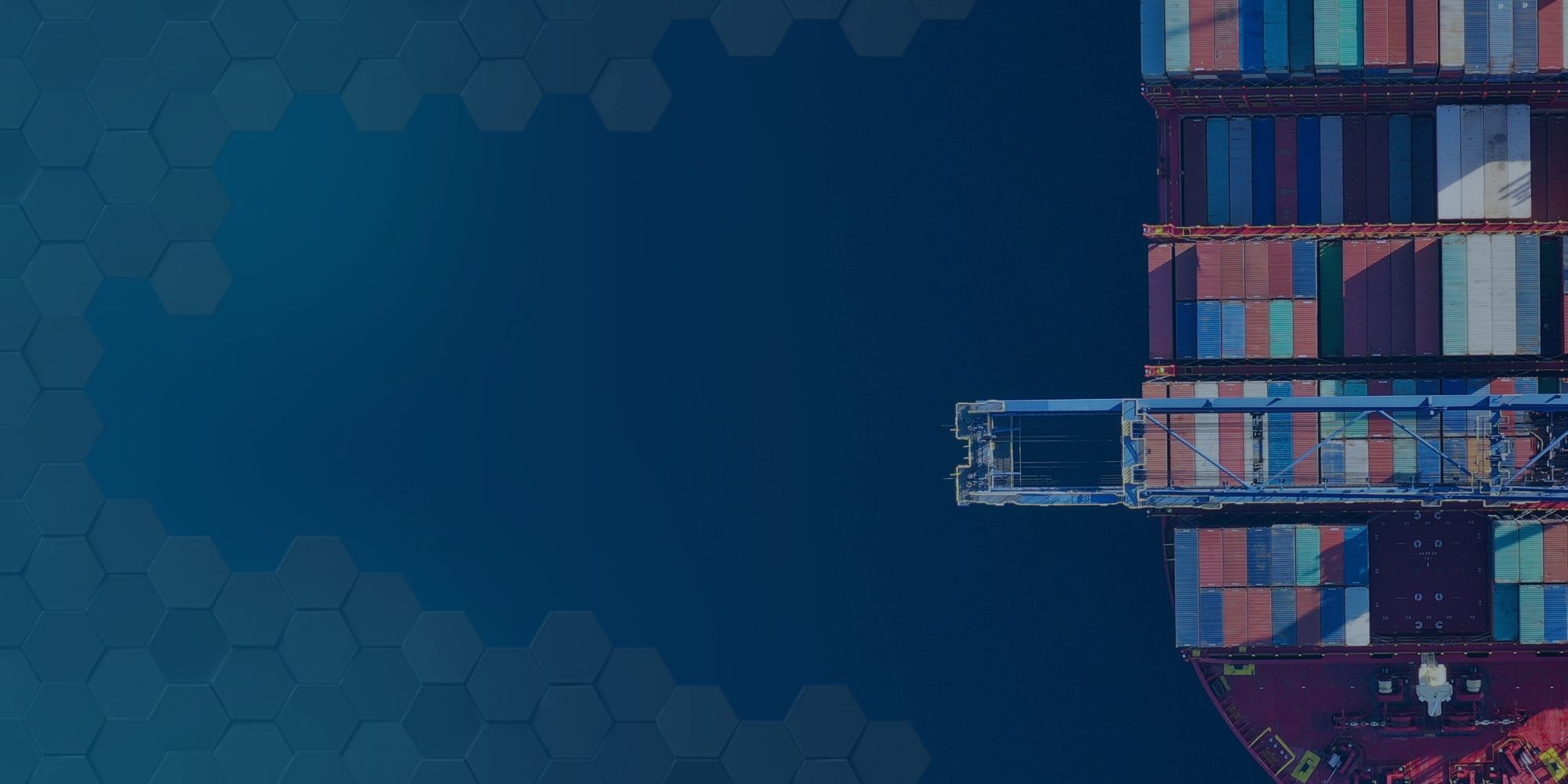Return to Sender: Why Gen Z Is Reshaping the Retail Supply Chain
Why squeeze into a stuffy fitting room when you can turn your bedroom into a runway?
For many shoppers today, the new norm is ordering an overabundant amount of clothes online, trying them all on, and then sending more than half straight back. Retailers have often treated returns as an afterthought, putting effort mostly into outbound logistics, yet reverse logistics are creeping up on the retail supply chain and creating many issues. In 2023, American consumers sent back $743 billion worth of merchandise, and that number is projected to grow to just under $900 billion this year. What was once an afterthought has now become an integral part of shopping culture that goes hand in hand with a leading generation that relies on online shopping. This cultural shift, while improving overall customer experience, has simultaneously placed immense stress on global supply chains.
With free returns, many young shoppers now buy apparel in bulk and pick and choose their outfits at home. Got a special event coming up? Order 15 dresses, keep one, and send the other 14 back. 51% of Gen Z openly admit to shopping online with the intention of returning most of their items before checking out. With Gen Z and Gen Alpha, this isn’t a perk, but a baseline expectation. In a universe of fast fashion, where dupes are just a click away, it’s never been easier for customers to look elsewhere.
While these returns may be free for customers, they are far from cost-efficient for most retailers. Every parcel that comes back adds multiple layers of cost, repackaging, inspection, storage, lost resale value and damages among other things. Reverse logistics eats away at retailers’ time, it's messy, and devalue the product. On top of the monetary issues, returns are filled with sustainability concerns. Reselling products requires extra transport and extra carbon, while unsellable products end up in landfill. When businesses aren’t prepared to combat these issues it becomes a domino effect in negative experiences that will eventually fall on to the customer.
Faced with these rising returns and their logistical concerns, retailers are beginning to turn to technology to soften the blow. AI is transforming online shopping with “try before you buy” tools, digital sizing, and detailed reviews that improve first-time purchase accuracy. Companies like Bold Metrics have cut fit-related returns by 18% through AI-powered body ‘twins,’ reducing the “order many, return most” habit while boosting shopper confidence and repeat sales. Correctly utilising analytics to predict return patterns also allows many retailers to manage inventory more effectively. While innovation won’t entirely eliminate returns, they help cut down the excess and smooth out wrinkles in the process for both retailers and customers alike.
Warehouses in particular are changing the way they do things to adjust to the spike in returns. Operational changes such as automation, robotics, and optimised layouts are now designed for receiving items as well as shipping them out. Packaging itself is evolving, with many companies now providing built-in return options in the initial boxes and bags. QR codes, integrated return labels, and reusable packaging streamlines the process while ensuring the customer's entire journey feels taken care of, not only the outbound leg.
Yet despite the headaches, returns can actually secure customers in the long run. A seamless, cost-efficient return builds a sense of trust. It tells customers you will tailor to their needs, even if they would need a tailor to fit in your jeans. Retail leaders must focus on a careful balance between maintaining the convenience customers now expect, while equally protecting profit margins and sustainability goals. Returns are no longer just a cost problem, they are a logistical, technological, customer-experience, and reputation challenge all rolled into one.
This is where Retail Supply Chain and Logistics Expo comes to play. Here, supply chain innovators, engineers, and decision-makers tackle the same important question: How do we turn these returns from a growing burden to a competitive advantage? Specialists will strategise and showcase solutions, from AI tools that predict return trends, to packaging which streamlines reverse logistics. By spotlighting these pain points while offering a profusion of solutions, Retail Supply Chain and Logistics Expo provides the industry with the key to transform these challenges into opportunities for growth.

